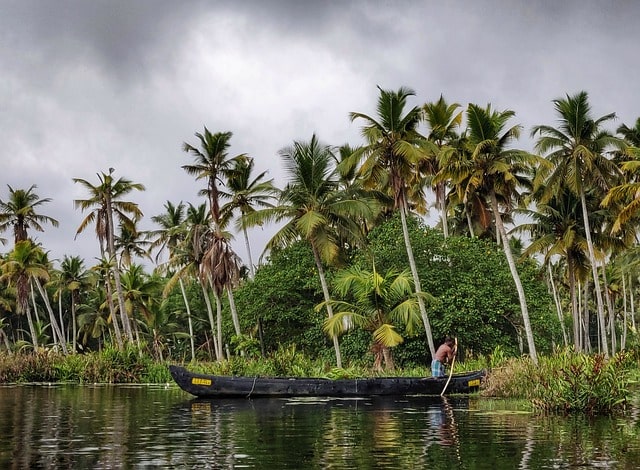In the day and age where children can name more celebrities and series over fruits and trees, it is not just a necessity but an imperative for us to educate ourselves about the environment and its functionality. So today we pick wetlands, not just because today, 2nd February is observed as World Wetlands Day but also because our nation is finally taking the long pending efforts to conserve its wetlands.
Wetlands are more than Mangroves
Mangroves have been much talked about and discussed for them to be very famous amongst everyone, but they are merely a part of an ecosystem called wetlands. The most saturated part of land, in which water is the primary factor controlling the environment of human, plant and animal lives are all wetlands. From lakes to mangroves to even man-made salt pans, wetlands are unique ecosystems that serve as a vital link between land and water. They play a crucial role in maintaining a balance in nature by providing a habitat for diverse plant and animal species. Additionally, wetlands act as natural sponges, absorbing excess rainwater and preventing flooding in surrounding areas. These areas also act as water purifiers, ensuring the water we use is clean and safe. Even though wetlands cover only 6% of earth, they inhabit around 40% of plants and animals.
India’s Kidneys in Danger
Wetlands, often referred to as the Earth’s kidneys, are facing a severe threat in India according to WWF India (World Wide Fund for Nature-India). Despite their crucial ecological role, many wetlands in the country are endangered due to human activities, urbanisation, and climate change. Encroachment, pollution from industrial and domestic sources, and unsustainable land-use practices have significantly degraded these vital ecosystems. Wetlands play a pivotal role in maintaining water balance by storing and regulating water flow. The loss of wetlands exacerbates water scarcity issues in various regions. Climate change further intensifies the challenges, with rising temperatures and altered precipitation patterns affecting the health and resilience of wetland ecosystems.
Threatened Wetlands in India
Chilika Lake, Odisha: Asia’s largest brackish water lake faces threats from agricultural runoff, overfishing, and industrial pollution, endangering its biodiversity and the livelihoods of local communities.
Dal Lake, Jammu and Kashmir: Urbanisation and improper waste management have led to the deterioration of Dal Lake, impacting its water quality and ecosystem health.
Asan Conservation Reserve, Uttarakhand: This wetland is under threat due to habitat destruction and encroachment, posing a risk to the unique biodiversity it supports.
What is India Doing?
India was a part of the Ramsar Convention, held in Iran’s Ramsar city back in the early 70s. They set the framework for conservation of wetlands and India in a desperate effort to conserve its wetlands is listing it in the Ramsar List. With 80 wetlands already recognised in this list the latest 5 have been added just few days before the World Wetlands Day celebrations slated to happen at Madhya Pradesh, Indore’s Sirpur Lake. The five newly listed wetlands are – Ankasamudra Bird Conservation Reserve, Aghanashini Estuary, Magadi Kere Conservation Reserve from Karnataka and Karaivetti Bird Sanctuary and Longwood Shola Reserve Forest from Tamil Nadu. Out of the 80 listed wetlands in India, the maximum sites come from the state of Tamil Nadu (16 sites), followed by Uttar Pradesh (10 sites).
The Ramsar Convention recognises the ecological importance of different wetland types and emphasises their value in terms of biodiversity, water resources, and overall environmental health. Therefore, both broader wetland ecosystems and specific components like marshes and swamps are considered within the scope of the Ramsar Convention. The goal is to protect and sustainably manage these diverse wetland environments for the benefit of present and future generations.
The endangerment of wetlands in India is a pressing environmental issue that requires immediate attention and action. The loss of these vital ecosystems not only affects biodiversity but also contributes to water scarcity and climate change challenges. Through concerted efforts, it is possible to reverse the damage and ensure the sustainability of India’s wetlands for future generations.


